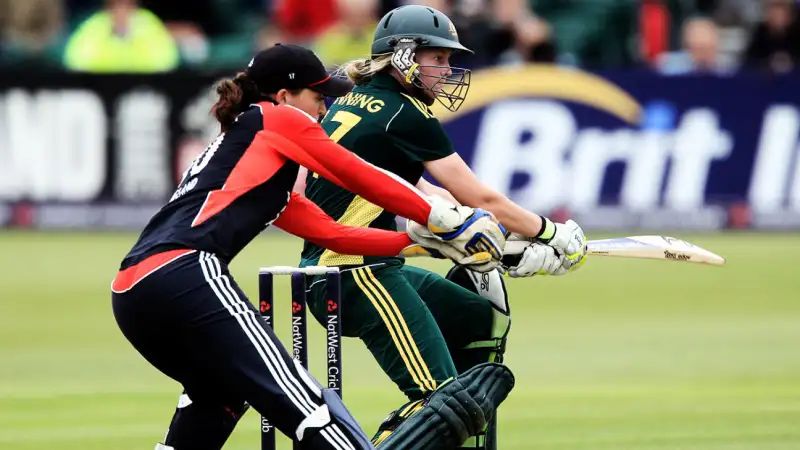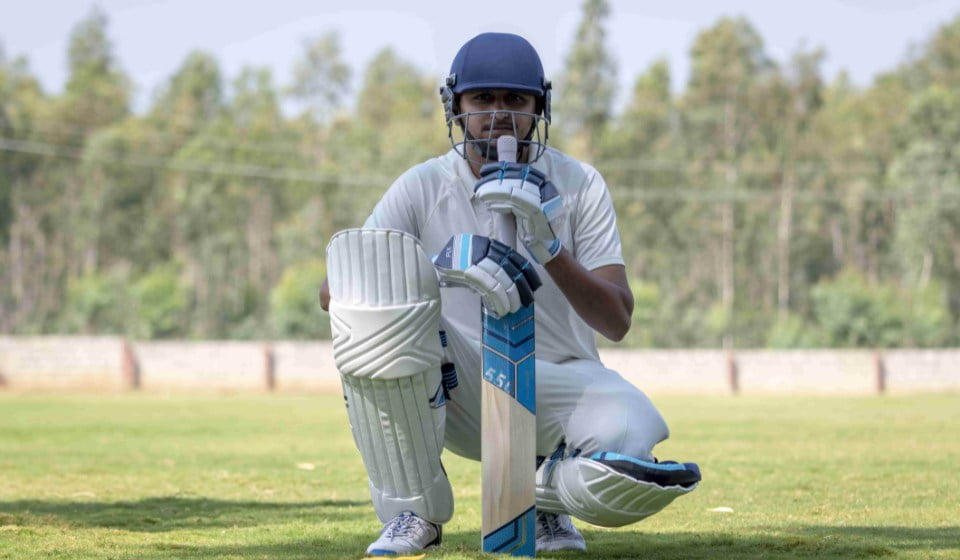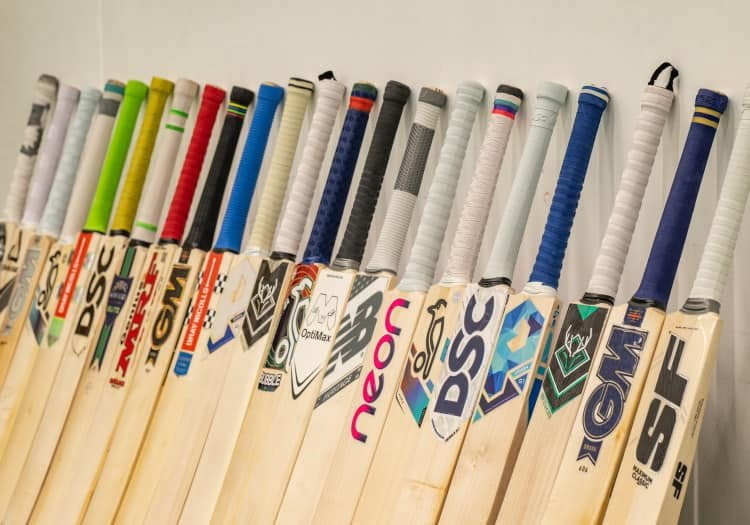The Art of Wicket Keeping | Tips and Trick- keysportswear

The Art of Wicket Keeping

Wicket keeping is an important aspect of the game of cricket. Only one other player on the field, the wicketkeeper, takes part in each ball bowled. They are in charge of catching the ball, batting, stumping and field monitoring.
Stance: Their success depends on the wicket keeper’s posture. They must stand with their weight evenly distributed over both feet in a low, balanced posture. The hands should be in front of the body with the legs bent.
Glove work: Wicket keeping gloves vary from conventional gloves in that they feature additional padding to cushion the ball’s impact. To catch the ball, the wicket keeper has to have lightning reflexes and superb hand-eye coordination.
Footwork: To get to the ball fast, the wicket keeper needs quick, agile footwork. In order to be in a favourable position to receive the ball, they must also be able to move with ease when standing up to the stumps.
Tips and Tricks
Be Alert: At all times, the wicket keeper must stay vigilant. They must be aware of the fielders’ positions and the stance of the batter. In order to immediately grab the ball, they must also anticipate the bowler’s delivery.
Pay attention to your footwork: Wicket keepers need good footwork. They must be swift on their feet and prepared to sprint to the ball. To be in a favourable position to catch the ball, the wicket keeper needs to take modest steps when standing up to the stumps.
Catching: is an essential part of wicket keeping. The wicket keeper needs to have quick reflexes and excellent hand-eye coordination to catch the ball. The key is to keep the hands soft and relaxed and be ready to move quickly to take the ball.
stumping:When the batsman is outside the crease, stumping occurs when the wicketkeeper takes the bails from the stumps. A good stumping requires rapid reactions and precise hand-eye coordination on the part of the wicket keeper.
Fitness:Wicket keeping demands for extreme physical preparedness. The only way to develop the rapid reflexes and superior hand-eye coordination required of the wicket keeper is via consistent practise and physical conditioning.
The World’s Top Wicket Keepers
Most people agree that Adam Gilchrist is the greatest wicket keeper-batsman in cricket history. He represented Australia and was renowned for his powerful hitting and top-notch wicket-keeping abilities. With 416 dismissals in Test cricket and 557 in ODIs, Gilchrist holds the record for most dismissals by a wicketkeeper. His leadership skills helped Australia win the 2007 ICC Cricket World Cup.
One of the finest wicket keepers of all time is Kumar Sangakkara. He represented Sri Lanka and is renowned for his finesse, skill, and dexterity at the plate. In international cricket, Sangakkara has 678 catches to his credit and 139 stumpings. In all the Test and ODI forms, he is the first wicket keeper-batsman to reach 10,000 runs.
Former South African wicket keeper Mark Boucher is well-known for his aggressive style of play and superior wicket keeping abilities. He is second after Adam Gilchrist in terms of international cricket dismissals with 555. Boucher was a fantastic captain and key to South Africa’s victory in the 2007 ICC Cricket World Cup.
One of the finest wicket keepers in the world, MS Dhoni is renowned for his cool-headed composure on the pitch. In Test cricket, he has recorded 256 catches and 38 stumpings, while in ODIs, he has recorded 256 catches and 123 stumpings. The 2007 ICC Cricket World T20 and the 2011 ICC Cricket World Cup were two critical matches that Dhoni helped India win. He is also one of the top finishers in the game.


 English
English 

































































































































